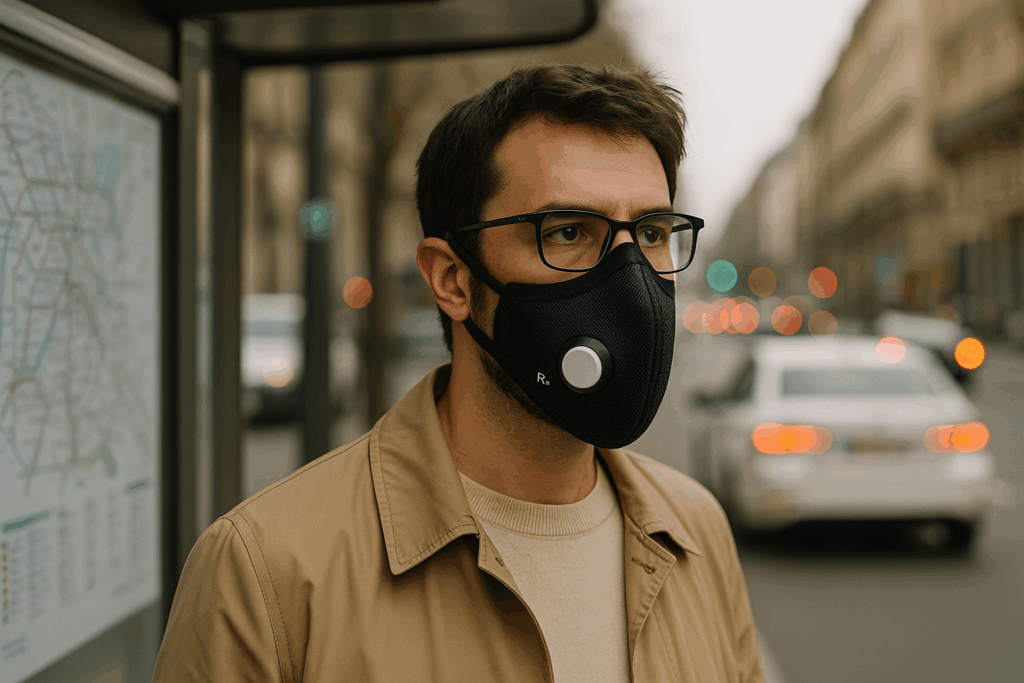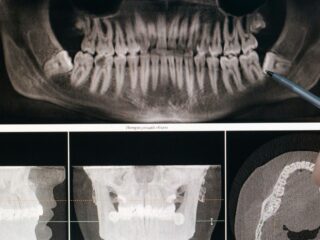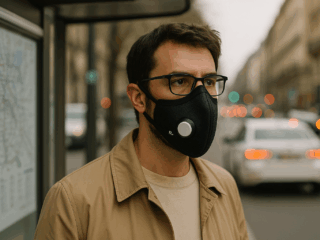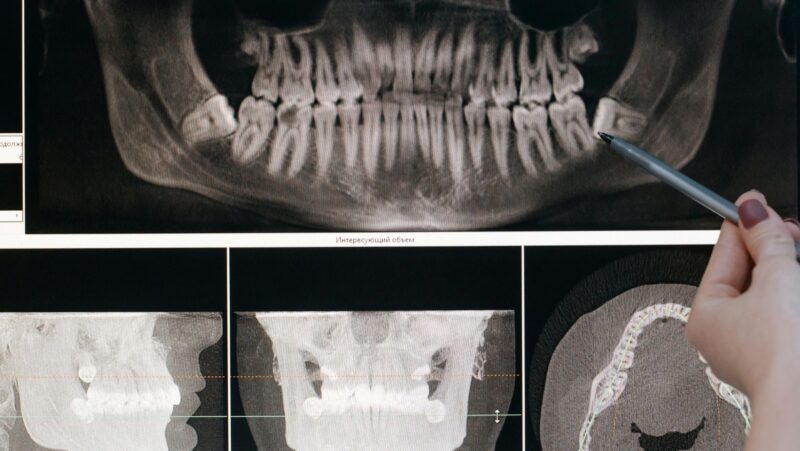
Every morning, the daily commute begins buses rumbling, cars idling, and thousands of people walking through streets thick with exhaust fumes. While it may feel routine, this exposure takes a toll on your lungs over time. The air along busy routes contains fine particles, nitrogen oxides, and other pollutants that silently damage respiratory health.
Protecting your lungs doesn’t require drastic lifestyle changes. It’s about small, smart choices that keep your breathing clean and energy high. Here are some of the simplest, most effective ways to make your commute healthier, starting with the one solution proven to make the biggest difference: using a filter mask.
1. Wear A High-Quality Filter Mask
The easiest and most immediate way to protect your lungs during daily commutes is to wear a reliable, high-filtration mask. When you’re walking or cycling near traffic, you’re directly exposed to exhaust gases, dust, and micro-particles that can bypass your body’s natural defenses. A good filter mask creates a barrier between your lungs and the pollution around you, keeping your breathing effortless and clean even in heavy traffic.
Not all masks are equal, though. Disposable paper or fabric masks only trap large particles and offer limited protection. For real efficiency, look for masks designed with multi-layer filtration capable of stopping ultra-fine particles (PM2.5 and smaller).
One of the best examples is the R-pur filter mask, engineered specifically for cyclists, commuters, and city residents. This advanced mask combines high-tech filtration with ergonomic comfort, blocking even microscopic pollutants and allergens while maintaining excellent breathability. Whether you ride your bike to work, wait for the bus on a busy street, or walk through industrial areas, an R-PUR mask helps you breathe safely without sacrificing style or comfort.
With replaceable filters and lightweight materials, it’s built for everyday use, a smart long-term investment in your health.
2. Understand What You’re Breathing
Most pollutants are invisible, which makes them even more dangerous. Fine particles, known as PM2.5, come from car exhaust, brake dust, and industrial emissions. They can penetrate deep into your lungs and even reach the bloodstream, increasing fatigue and inflammation.
Check your local air quality index (AQI) before leaving home. Apps like AirVisual or Plume Labs show when pollution levels are high, helping you plan your travel time or adjust your route accordingly.
3. Avoid Rush Hours When Possible
Air pollution peaks during morning and evening rush hours when traffic density is highest. If you can, start your commute earlier or later to avoid those critical times. The difference in air quality can be significant, sometimes by as much as 50%.
If changing your schedule isn’t an option, consider taking quieter side streets or green paths with trees. Even a few blocks away from main roads, pollutant levels drop noticeably.
4. Improve Air Quality Inside Your Vehicle
If you drive to work, your car’s ventilation system can either protect you, or make things worse. Keep your windows closed in heavy traffic and switch your system to “recirculate” mode to prevent outside air from entering. Replace your cabin air filter regularly to reduce the buildup of pollutants and allergens.
For cyclists and motorbike riders, using an R-pur filter mask offers the same principle: isolating your breathing from surrounding exhaust and dust while maintaining full comfort and airflow.
5. Use Public Transport Wisely
Public transportation helps reduce overall emissions, but subways and buses often contain fine dust from brakes and rails. When possible, avoid standing close to doors and ventilation grilles where particles tend to circulate. During crowded rides, a protective mask again becomes your best ally, especially if you commute daily through underground networks.
6. Keep Your Airways Clean And Hydrated
Pollution dries out and irritates your respiratory tract. Drinking enough water throughout the day helps maintain your body’s natural defenses. Using a saline nasal spray after long commutes can also clear away trapped pollutants.
At home, consider adding air-purifying plants like peace lilies or spider plants, which naturally absorb harmful particles and refresh your indoor environment.
7. Strengthen Your Lungs Naturally
Physical activity boosts lung capacity and helps your body handle occasional pollution exposure better. However, avoid outdoor workouts during rush hours or smog alerts. Indoor yoga or early-morning walks are safer alternatives.
Breathing exercises, such as diaphragmatic or box breathing, improve your lung efficiency and make it easier to recover after long days spent in traffic.
Final Thoughts
Your commute may be unavoidable, but pollution exposure doesn’t have to be. From checking air quality to wearing an advanced R-pur filter mask, each small action adds up to a healthier daily routine. Clean breathing means better energy, improved focus, and long-term protection for one of your body’s most vital organs.
In a world where city air is increasingly unpredictable, taking charge of your own breathing is one of the smartest health decisions you can make. Because every breath should bring you strength not stress.












